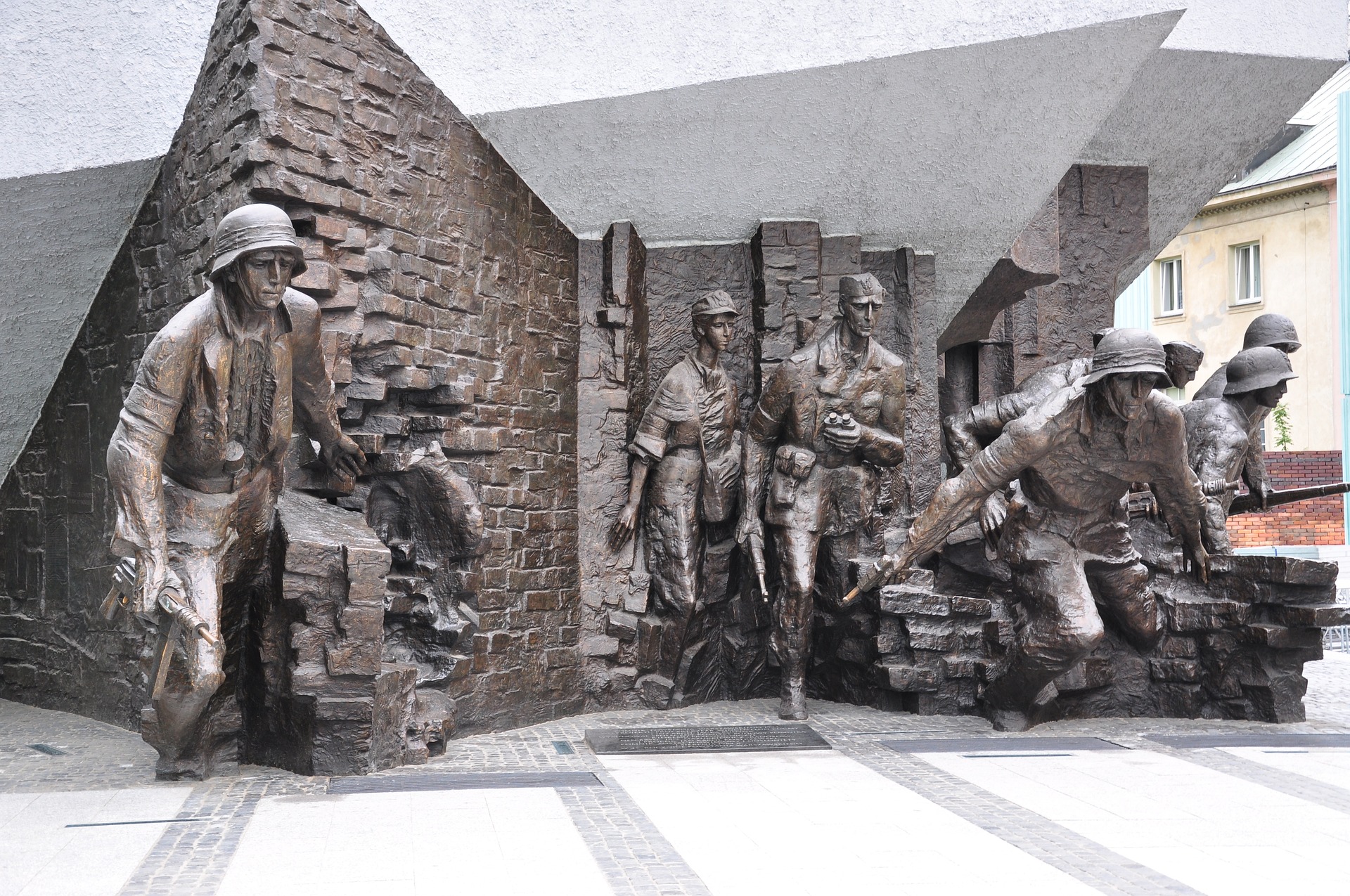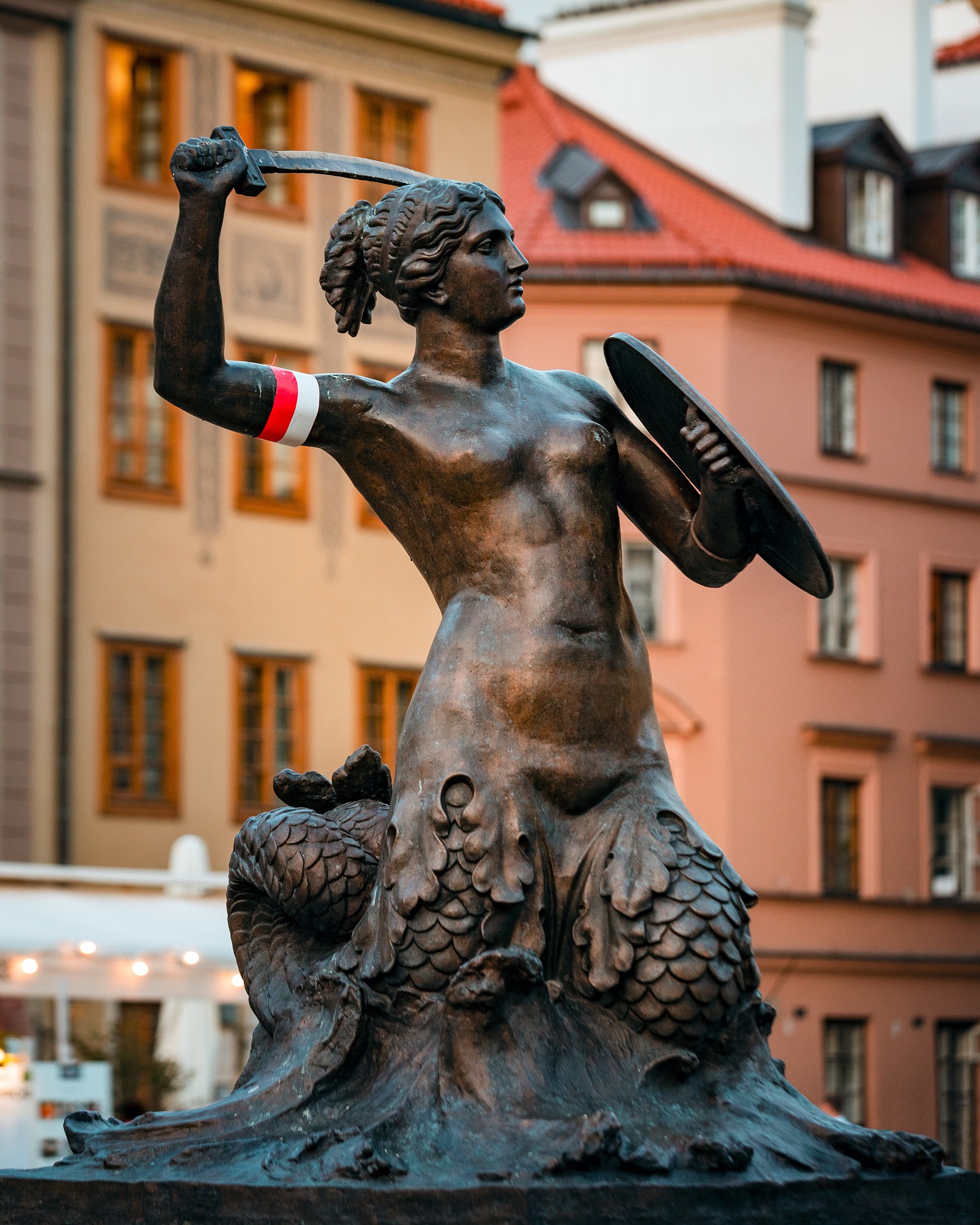Warsaw Uprising
Under the order of the commander of the Home Army, General Tadeusz Komorowski „Bora”, the Warsaw Uprising began on August 1, 1944 at 5.00 pm, the so-called “W-Hour.” Its aim was to liberate the Polish capital from the German occupation before the Red Army entered. The Home Army and the authorities of the Polish Underground State intended to reveal themselves and appear before the Polish Committee of National Liberation (established in Lublin and dependent on Stalin’s will) as the host (as the only legal authority of the independent Republic of Poland). The uprising, planned for several days, collapsed on October 3 after 63 days of fighting. As a result, between 16,000 and 18,000 soldiers from The Home Army died. It is estimated that between 150,000 to 180 ,000 civilians also died during the uprising. After the capitulation, Warsaw was completely destroyed by the Germans.
The uprising was an uprising of young people. Most of the soldiers entered adulthood during the occupation. Minors also fought. Since women participated in the underground long before the outbreak of the uprising, their participation in the uprising in 1944 seemed natural. During the uprising, they not only served as doctors, orderlies, nurses (in the sanitary service – they constituted about 70-80 percent of the staff) and liaison officers, but also found their way to the front line. They were guides in the sewers.
This year we celebrate 81st anniversary of the Warsaw Uprising. Let’s remember because thanks to this act of resistance we live in a free and independent country.

© Izabela Lenartowska, III rok, Bezpieczeństwo wewnętrzne, Akademia Nauk Stosowanych w Koninie
2023/2024 (update 2024/2025)
